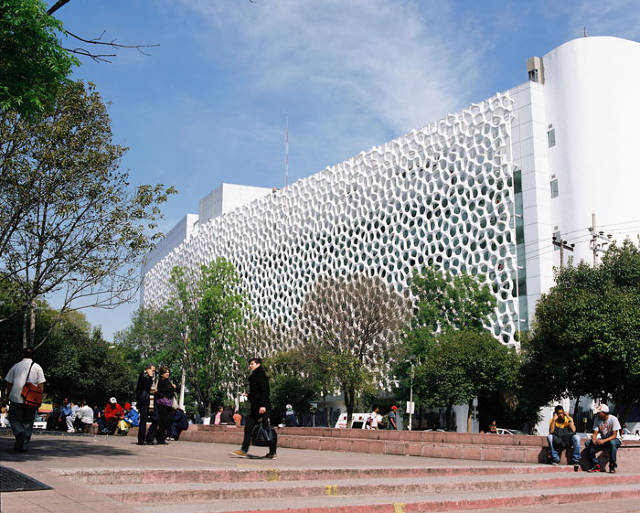In a recent editorial for the Architect's Newspaper, Sam Lubbel believes Los Angeles must find new uses for underused spaces: "As our urban fabric moves into the 21st century, we need to rethink our infrastructure in serious, holistic ways. While we’re stuck resorting to parking lot cultural space there’s so much wasted infrastructure that could be transformed into something better." Forced into existence by excessive minimum parking standards, the ever ubiquitous surface parking lot is now providing a tabula rasa for experimental architecture and cultural installations in most major cities throughout the US, not just Los Angeles. For proof, just look at the explosion of "park-lets" and popularity of "Park(ing) Day."
 |
| Source: Architect's Newspaper |
Lubbel also provides the framework for rethinking our infrastructure in more holistic ways and makes some provocative suggestions that go beyond just parking lots: "Outside of turning parking lots into parks, why can’t the concrete-lined LA River become a place to show off art? How about the subway? Couldn’t that be a place for artists and architects to show off their stuff in a much more profound way than it usually is? Have you ever seen the amazing subway stations in Stockholm? You should take a look. And why do the spaces under freeways need to be vacant concrete zones? In Mexico City, for instance, they’re the spaces for parks. Smart infrastructure planning goes a long way. Then of course there’s the most famous example: re-using an abandoned train line to become the High Line in New York."



